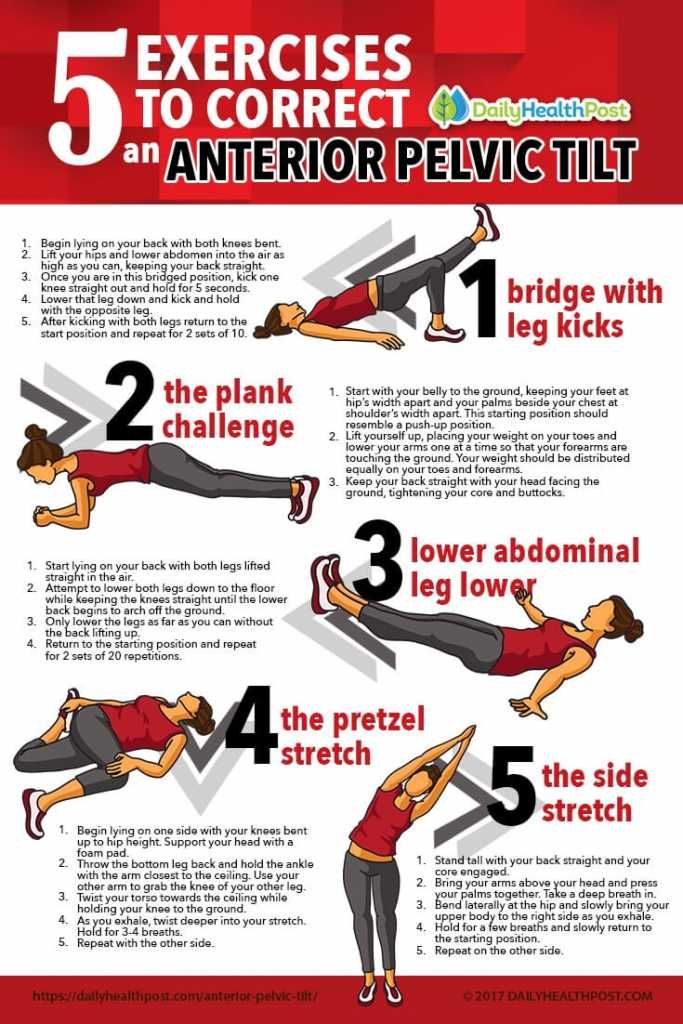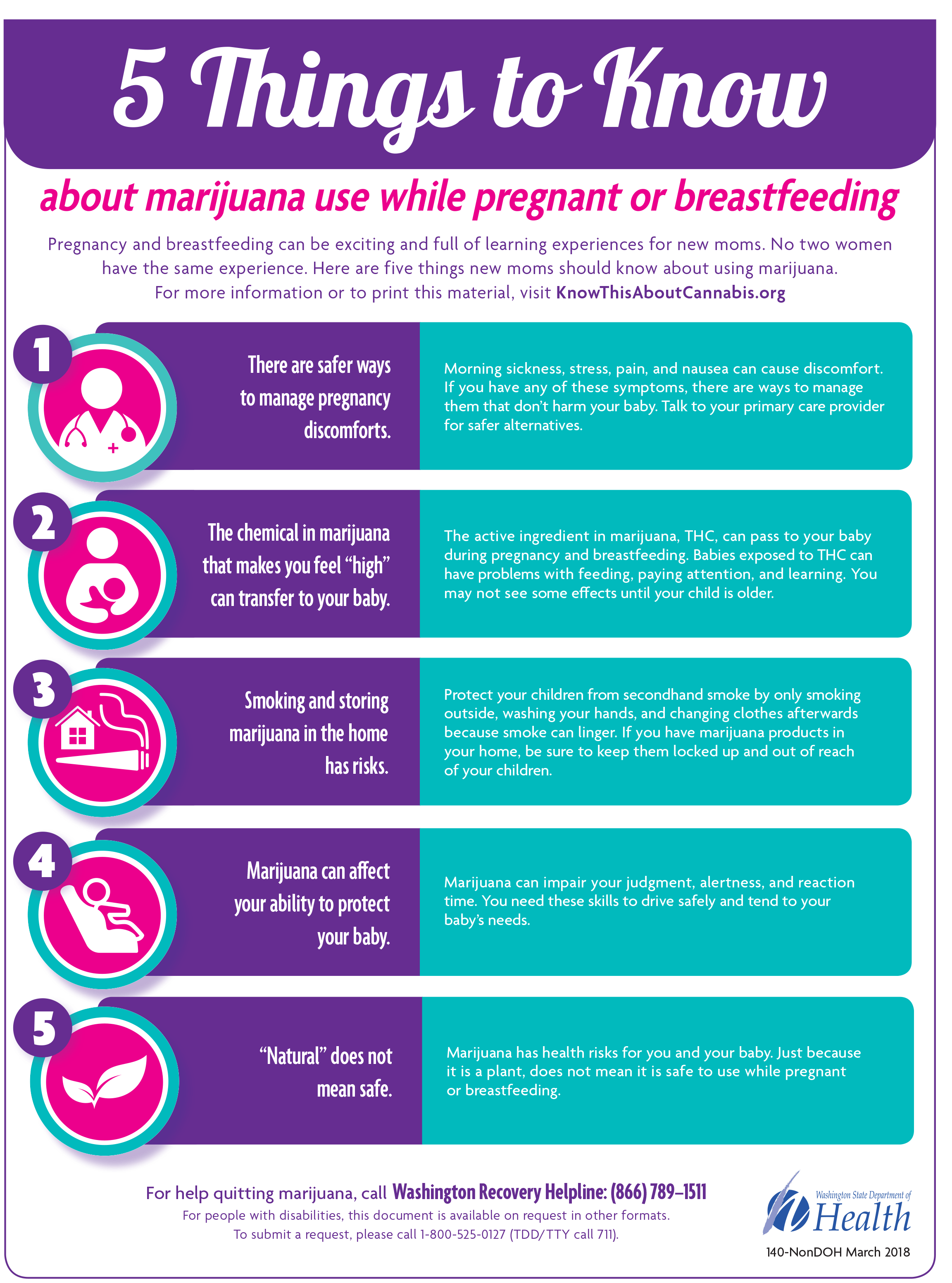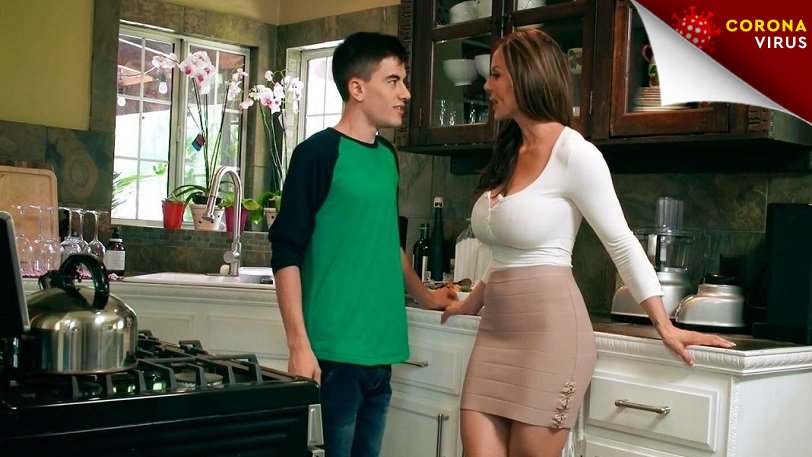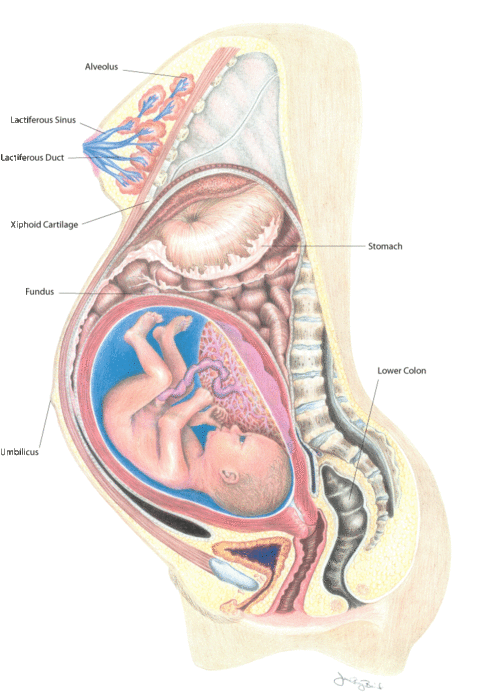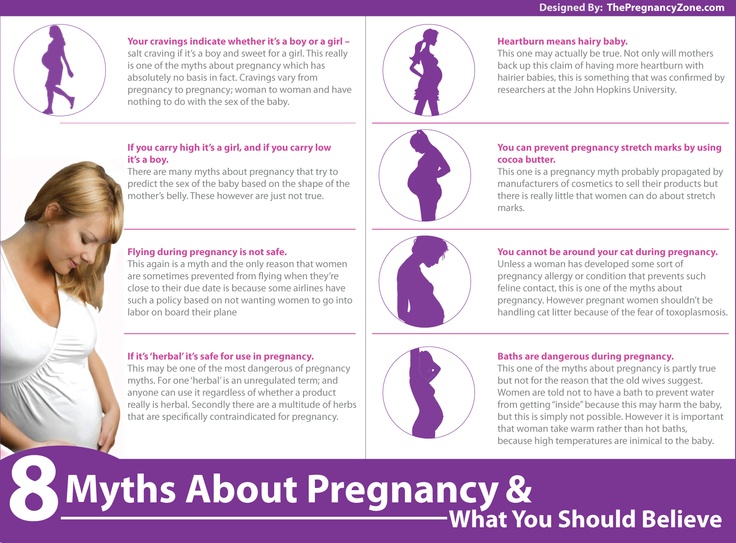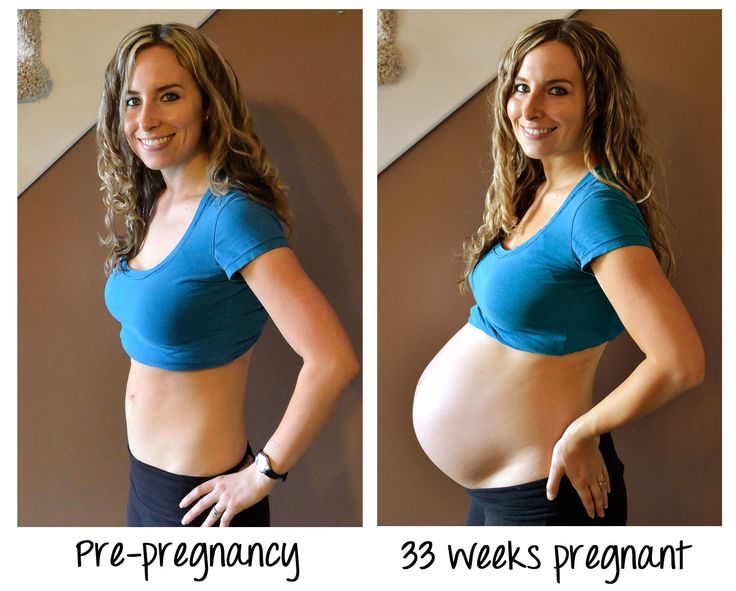How does spina bifida affect a child
Living With Spina Bifida: Toddlers and Preschoolers
- Encouraging Independence
- Physical Health - What to Expect
- Safety
- Finding Support
- References
Life with a toddler or preschooler is both fun and challenging. These young children experience huge mental, social, and emotional changes. They have a lot of energy and enthusiasm for exploring and learning about their world and becoming independent. Developing independence can be especially challenging for children with spina bifida. Parents should start helping their child develop independence early in childhood.
Encouraging Independence
For toddlers and preschoolers with spina bifida, there are many ways that parents and other caregivers can help them become more active and independent, such as:
- Teaching the child about his or her body and about spina bifida.
- Encouraging the child to make choices, such as between two items of clothing.
- Asking the child to help with daily tasks, such as putting away toys.
Children with spina bifida might need extra help at times. But it is very important that children be given the opportunity to complete a task before help is given. It is also important that parents give only the help that is needed rather than helping with the entire task. Parents must learn the difficult balance between giving the right amount of help to increase their child’s independence and confidence, while at the same time being careful not to give the child tasks that cannot reasonably be completed―which might decrease their child’s confidence.
Physical Health―What to Expect
No two children with spina bifida are exactly alike. Health issues will be different for each child. Some children have issues that are more severe than other children. With the right care, children born with spina bifida will grow up to reach their full potential.
Mobility and Physical Activity
Children affected by spina bifida get around in different ways. These include walking without any aids or assistance; walking with braces, crutches or walkers; and using wheelchairs.
These include walking without any aids or assistance; walking with braces, crutches or walkers; and using wheelchairs.
Children with spina bifida higher on the spine (near the head) might have paralyzed legs and use wheelchairs. Those with spina bifida lower on the spine (near the hips) might have more use of their legs and use crutches, braces, or walkers, or they might be able to walk without these devices.
A physical therapist can work with children, parents, and caregivers to teach them how to exercise the child’s legs to increase strength, flexibility, and movement.
Regular physical activity is important for all children, but especially for those with conditions that affect movement, such as spina bifida. There are many ways for children with spina bifida to be active. For example, they can:
- Engage in active play with friends.
- Roll or walk in the neighborhood.
- Enjoy parks and recreation areas with playgrounds that are accessible for those with disabilities.

- Participate in community programs, such as the Early Intervention Program for Infants and Toddlers with Disabilities and Special Education Services for Preschoolers with Disabilities, which are free programs in many communities.
- Do exercises recommended by a physical therapist.
For more information, please visit the following websites:
Hip Functionexternal icon
Early Intervention Programs for Infants and Toddlers
National Center on Health, Physical Activity and Disability (NCHPAD)- Spina Bifida Guidelinesexternal icon
Using the Bathroom
Children with spina bifida often cannot control when they go to the bathroom (incontinence). They also can develop urinary tract infections. It is important to develop a plan for going to the bathroom that works and is as simple as possible. This can lead to increased health, participation, and independence at school and in the home, and avoid embarrassment for children with spina bifida. Healthcare providers can help develop a plan for the child.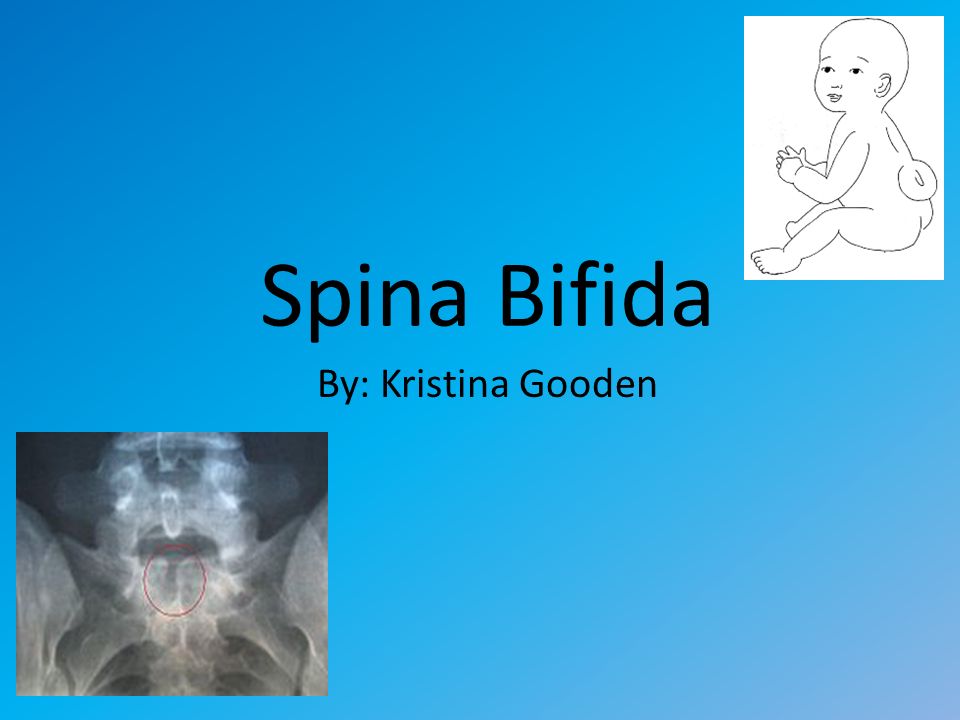 A tube (catheter) inserted in the child’s bladder can help drain urine. In some cases, extra fiber can be added to the diet to keep bowel movements regular. Surgery also might be recommended.
A tube (catheter) inserted in the child’s bladder can help drain urine. In some cases, extra fiber can be added to the diet to keep bowel movements regular. Surgery also might be recommended.
For more information, please visit the Spina Bifida Association website:
Pediatric Urinary Tract Infectionsexternal icon
Urologic Care and Managementexternal icon
Skin
Children with spina bifida can develop sores, calluses, blisters, and burns on their feet, ankles, and hips. However, they might not know when these develop because they might not be able to feel certain parts of their body. In addition, toddlers might not know how to tell their parents about issues with their skin.
Parents and caregivers can help protect the child’s skin and teach the child how to do this, too, by:
- Checking the child’s skin every day for redness, including under braces.
- Trying to avoid hot bath water, hot irons and hot or unpadded seatbelt clasps that may cause burns.
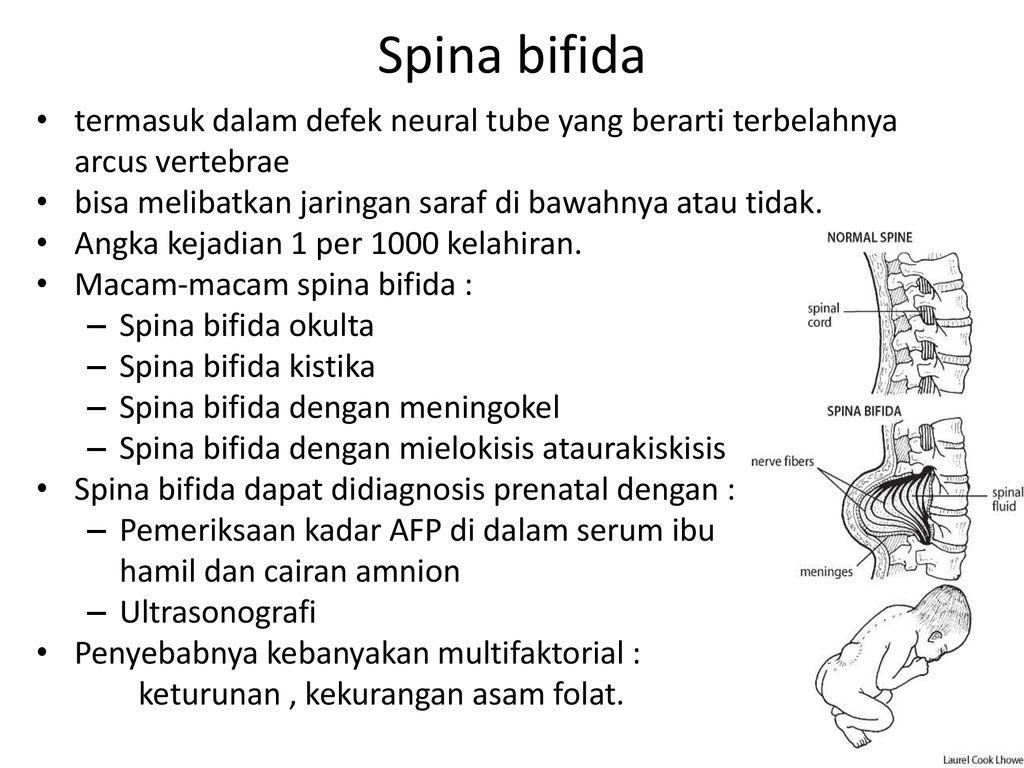
- Making sure the child wears properly fitting shoes at all times.
- Using sunscreen on the child and making sure the child doesn’t stay out in the sun too long.
- Making sure the child is not sitting or lying in one position for too long.
Did You Look? Healthy Skin Starts With You!external icon
Health Checks
Every child needs a primary health care provider (for example, a pediatrician, family doctor, or nurse practitioner). The primary health care provider will want to make sure that the child is healthy; developing normally; and receiving immunizations against diseases and infections, including the flu.
In addition to seeing a primary health care provider, a child with spina bifida will be checked and treated as needed by doctors who specialize in different parts of the body. These doctors might suggest treatments or surgeries to help the child.
These specialists might include:
- An orthopedist, who will work with the child’s muscles and bones.
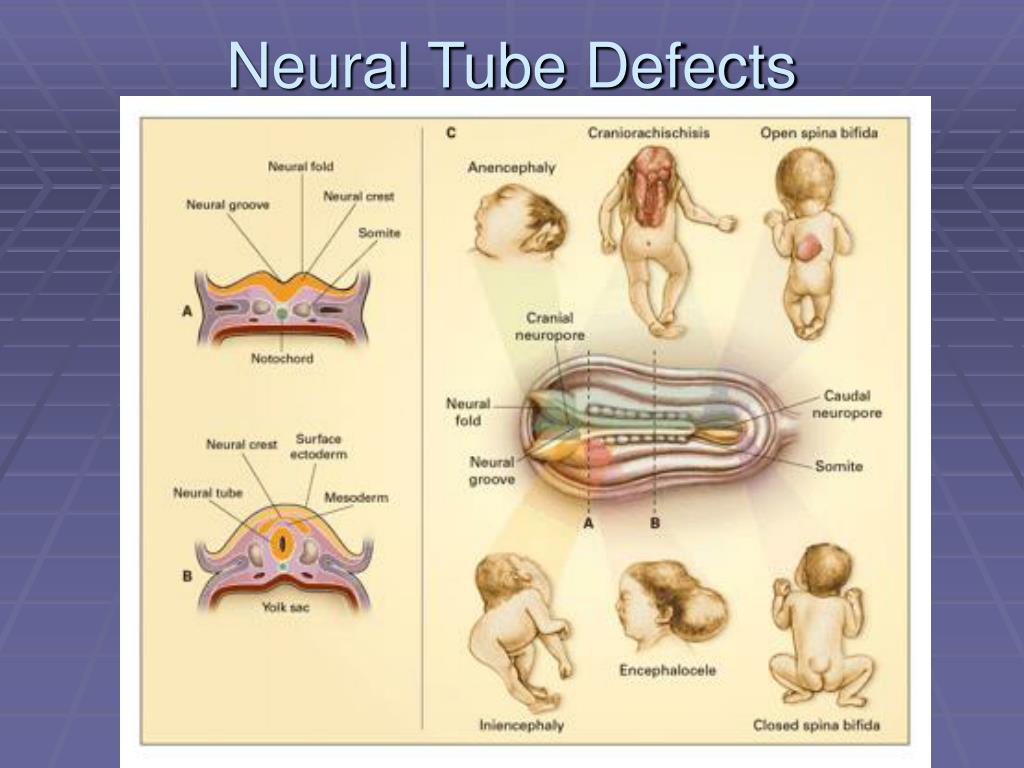
- A urologist, who will check the child’s kidneys and bladder.
- A neurosurgeon, who will check the child’s brain and spine.
Safety
Safety is an important issue for children with spina bifida. They can be at higher risk for injuries and abuse. It is important for parents and other family members to teach them how to stay safe and what to do if they feel threatened or have been hurt in any way.
For more information, please visit the following websites:
Infants & Toddlers – Safety in the Home & Community
Bullying Among Children and Youth with Special Needs and Disabilitiesexternal icon
Find tips for positive parenting, health, and safety.
- Toddlers 1 to 2 Years
- Toddlers 2 to 3 Years
- Preschoolers 3 to 5 Years
Finding Support
Having support and community resources can help increase confidence in managing spina bifida, enhance quality of life, and assist in meeting the needs of all family members. It might be helpful for parents of children with spina bifida to talk with one another. One parent might have learned how to address some of the same concerns another parent has. Often, other parents of children with special needs can give advice about good resources for these children.
It might be helpful for parents of children with spina bifida to talk with one another. One parent might have learned how to address some of the same concerns another parent has. Often, other parents of children with special needs can give advice about good resources for these children.
Remember that the choices of one family might not be best for another family, so it’s important that parents understand all options and discuss them with their child’s health care providers.
- A Spina Bifida Association (SBA) Chapterexternal icon is a great place to connect with other families. The SBA website can provide information on how to find a local chapter.
- Connect online with others.external icon
- National Resource Centerexternal icon Get information and find clinics or health care providers who are experts on spina bifida.
References
Sandler, Adrian, M.D.(2004). Living with Spina Bifida: A Guide for Families and Professionals. University of North Carolina Press: Chapel Hill.
University of North Carolina Press: Chapel Hill.
Merkens, Mark J., M.D. and the Spina Bifida Association’s Professional Advisory Council (2006). Guidelines for Spina Bifida Health Care Services Throughout the Lifespan. Third Edition. Spina Bifida Association.
Living With Spina Bifida: School-Aged Children
- School
- Physical Health - What to Expect
- Safety
- Finding Support
- References
Starting school brings children into regular contact with the larger world. Friendships become important and physical, social, and mental skills develop rapidly during this time. Children who feel good about themselves are more able to resist negative peer pressure and make better choices.
This is an important time for children to become more responsible and independent. This is also a good time to start exploring potential lifetime interests such as hobbies, music, or sports. Developing independence can be challenging for people affected by spina bifida.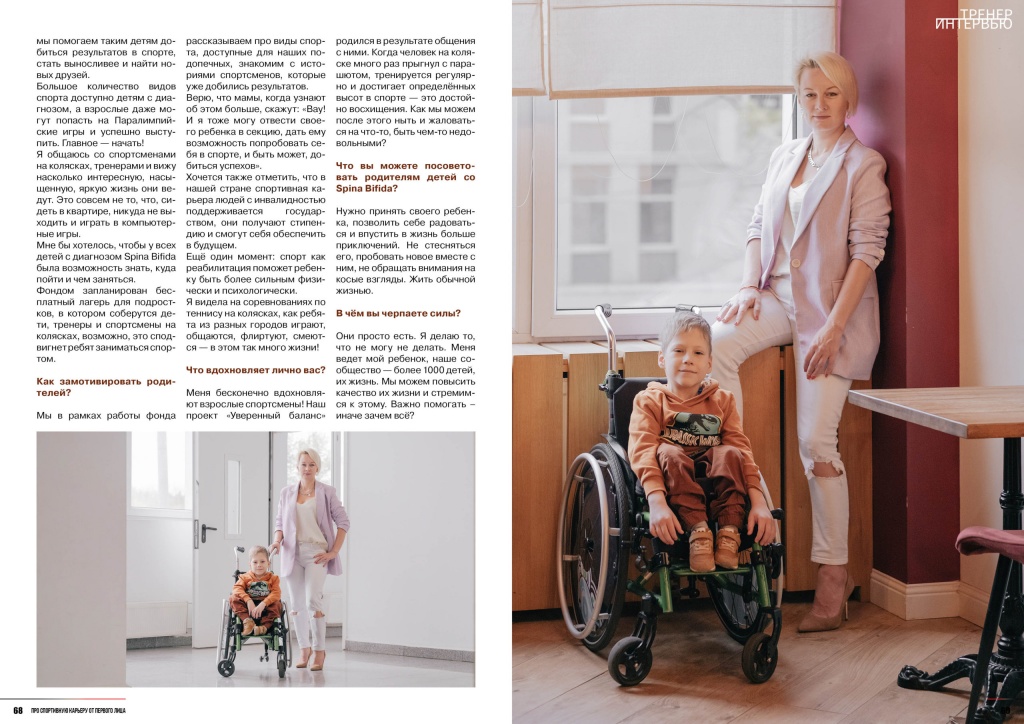 It is important to begin working on this process early in childhood.
It is important to begin working on this process early in childhood.
School
Many children with spina bifida do well in school. But some can experience difficulties, especially children with shunts that are used to treat hydrocephalus (often called water on the brain). These children often have problems with learning. They might have difficulty paying attention or work slowly, be restless, or lose things. They also might have trouble making decisions. There are activities that children can do at home and at school to help with these problems. Healthcare professionals can provide information about these activities.
Individualized Education Plan (IEP)
An Individualized Education Plan is important because it will help children develop skills at school. Children who participate in special education classes will have an IEP. An IEP is a legal document that lets the school know what kinds of assistance will be needed by a child during the school day. An IEP is created by parents and school personnel, such as a psychologist, teachers, a school nurse, and a physical education teacher, as well as any other professionals that parents think might be helpful.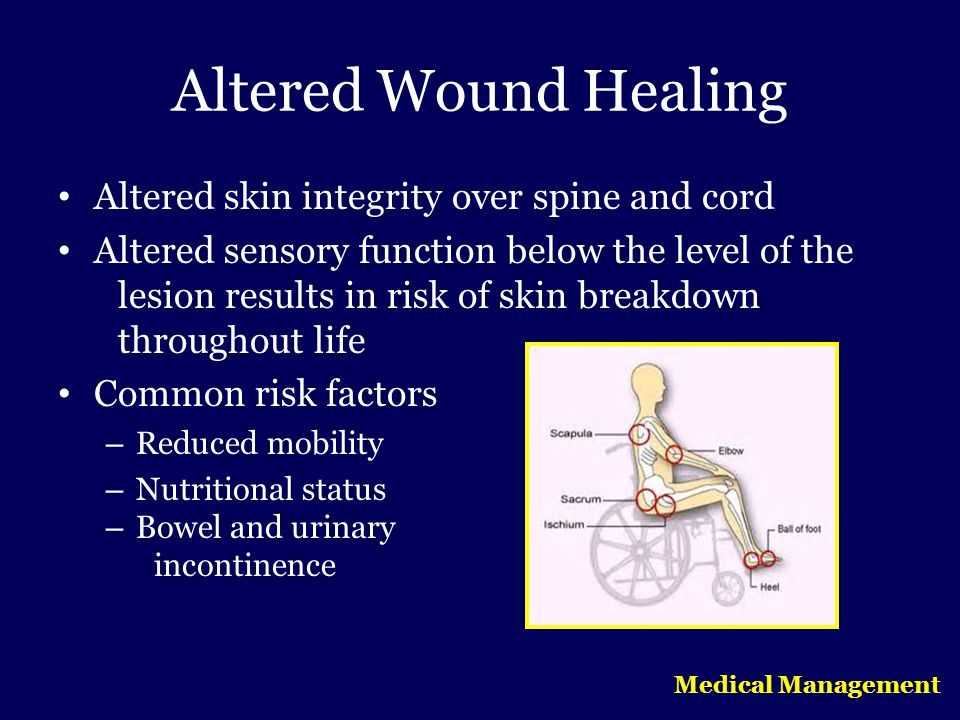
504 Plan
If a child does not qualify for an IEP, parents can request a 504 Plan be developed for their child at school. Usually, a 504 Plan is used by a general education student who is not eligible for special education services. By law, children may be eligible to have a 504 Plan which lists accommodations related to a child’s disability. The 504 Plan accommodations may be needed to give the child an opportunity to perform at the same level as their peers. For example, a 504 Plan may include the child’s assistive technology needs, such as using a tablet or laptop computer to take notes, and making sure they have a wheelchair accessible environment at school.
For more information, please visit the Spina Bifida Association website:
Education Issuesexternal icon
Learning Among Children with Spina Bifidaexternal icon
Learning and Education Information for Parents, including IEP and 504 Plansexternal icon
Reading Comprehension Difficulties and Spina Bifidaexternal icon
Math Difficulties and Spina Bifidaexternal icon
Physical Health―What to Expect
No two children with spina bifida are exactly alike.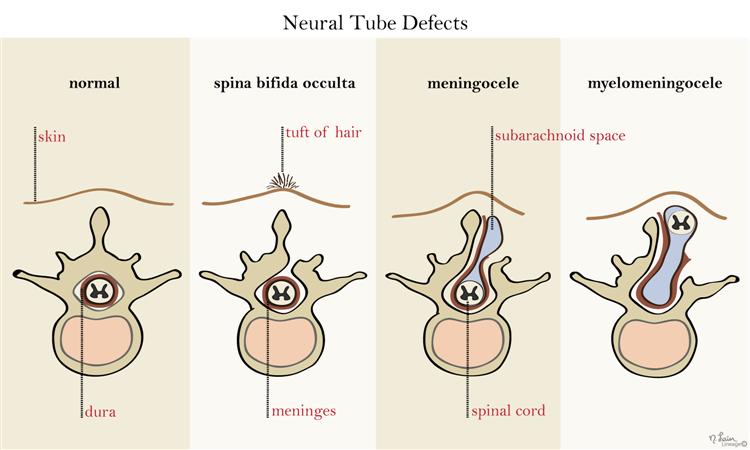 Health issues will be different for each child. Some children have issues that are more severe than other children. With the right care, children born with spina bifida will grow up to reach their full potential.
Health issues will be different for each child. Some children have issues that are more severe than other children. With the right care, children born with spina bifida will grow up to reach their full potential.
Mobility and Physical Activity
Children with spina bifida higher on the spine (near the head) might have paralyzed legs and use wheelchairs. Those with spina bifida lower on the spine (near the hips) might have more use of their legs and use crutches, braces, or walkers, or they might be able to walk without these devices.
A physical therapist can work with children, parents, and caregivers to teach them how to exercise the child’s legs to increase strength, flexibility, and movement.
Regular physical activity is important for all children, but especially for those with conditions that affect movement, such as spina bifida. CDC recommends 60 minutes of physical activity a day. There are many ways for children with spina bifida to be active. For example, they can:
- Engage in active play with friends.

- Roll or walk in the neighborhood.
- Enjoy parks and recreation areas with playgrounds that are accessible for those with disabilities.
- Attend summer camps and recreational facilities that are accessible for those with disabilities.
- Participate in sports activities (for example, swimming) and teams for people with or those without disabilities.
For more information, please visit the following websites:
National Center on Health, Physical Activity and Disability (NCHPAD)- Spina Bifida Guidelinesexternal icon
Adaptive Physical Activity Disabled Sports USAexternal icon
Using the Bathroom
Children with spina bifida often cannot control when they go to the bathroom (incontinence). They also can develop urinary tract infections. It is important to develop a plan for going to the bathroom that works and is as simple as possible. This can lead to increased health, participation, and independence at school and in the home, and avoid embarrassment for children with spina bifida. Healthcare providers can help develop a plan. A tube (catheter) inserted in the child’s bladder can help drain urine. In some cases, extra fiber can be added to the diet to keep bowel movements regular. Surgery also might be recommended.
For more information, please visit the Spina Bifida Association website:
Continence Management at Schoolexternal icon
Maintaining Continence at Camp and Sleepoversexternal icon
Skin
Children with spina bifida can develop sores, calluses, blisters, and burns on their feet, ankles, and hips. However, they might not know when these develop because they might not be able to feel certain parts of their body.
Parents and caregivers can help protect the child’s skin and teach the child how to do this, too, by:
- Checking the child’s skin every day for redness, including under braces.
- Trying to avoid hot bath water, hot irons and hot or unpadded seatbelt clasps that may cause burns.
- Making sure the child wears properly fitting shoes at all times.

- Using sunscreen on the child and making sure the child doesn’t stay out in the sun too long.
- Making sure the child does not sit or lie in one position for too long.
Did You Look? Healthy Skin Starts With You!external icon
Latex (Natural Rubber) Allergy
Many children with spina bifida are allergic to products that contain latex, or natural rubber. This means they should not use items made of natural rubber. A child with this type of allergy can wear a bracelet to alert other people of the allergy.
For more information, please visit the Spina Bifida Association website:
Latex (Natural Rubber) Allergy in Spina Bifidaexternal icon
Health Checks
Every child needs a primary care provider (for example, a pediatrician, family doctor, or nurse practitioner). The primary health care provider will want to make sure that the child is healthy; developing normally; and receiving immunizations against diseases and infections, including the flu.
In addition to seeing a primary health care provider, a child with spina bifida will be checked and treated as needed by doctors who specialize in different parts of the body. These doctors might suggest treatments or surgeries to help the child.
These specialists might include:
- An orthopedist, who will work with the child’s muscles and bones.
- A urologist, who will check the child’s kidneys and bladder.
- A neurosurgeon, who will check the child’s brain and spine.
Safety
Safety is an important issue for children with spina bifida. They can be at higher risk for injuries and abuse. As these children become more independent, it is important for their parents and other family members to teach them how to stay safe and what to do if they feel threatened or have been hurt in any way.
For more information, please visit the following websites:
Children – Safety in the Home & Community
Bullying Among Children and Youth with Special Needs and Disabilitiesexternal icon
Finding Support
Having support and community resources can help increase confidence in managing spina bifida, enhance quality of life, and assist in meeting the needs of all family members. It might be helpful for parents of children with spina bifida to talk with one another. One parent might have learned how to address some of the same concerns another parent has. Often, other parents of children with special needs can give advice about good resources for these children.
Remember that the choices of one family might not be best for another family, so it’s important that parents understand all options and discuss them with their child’s health care providers.
- A Spina Bifida Association (SBA) Chapterexternal icon is a great place to connect with other families. The SBA website can provide information on how to find a local chapter.
- Connect online with others.external icon
- National Resource Centerexternal icon Get information and find clinics or health care providers who are experts on spina bifida.
References
Sandler, Adrian, M.D.(2004). Living with Spina Bifida: A Guide for Families and Professionals.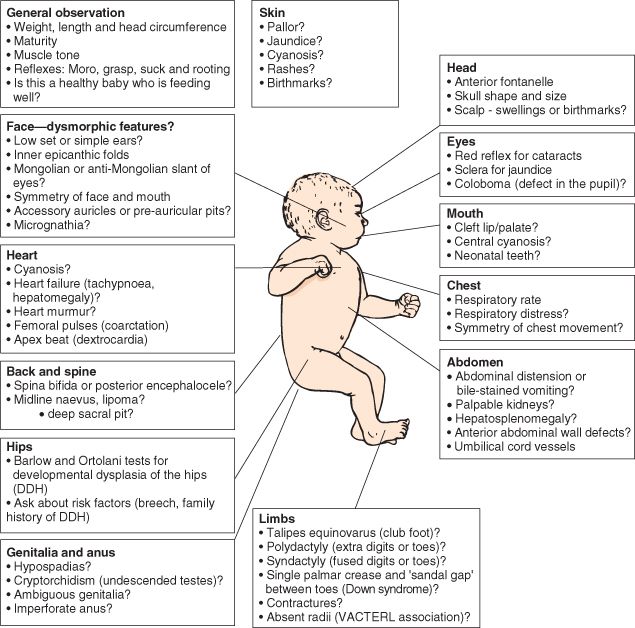 University of North Carolina Press: Chapel Hill.
University of North Carolina Press: Chapel Hill.
Merkens, Mark J., M.D. and the Spina Bifida Association’s Professional Advisory Council (2006). Guidelines for Spina Bifida Health Care Services Throughout the Lifespan. Third Edition. Spina Bifida Association.
Primary Children’s Medical Center (2008). Let’s Talk about Spina Bifida.
symptoms, causes, treatment and surgery, complications, fund for helping children with spina bifida
Inna Inyushkina
founder of the Spina Bifida Charitable Foundation
Author Profile
Anastasia Zhvik
spoke with Inna
Author Profile According to unofficial statistics, about 1,500 children are born every year in Russia with spina bifida. And many doctors still do not know that one can live with such a disease.
In 2012, at one of the planned ultrasounds during pregnancy, I learned that my child would have a severe form of disability. At that time, practically nothing was known about the diagnosis of spina bifida in our country, so I had to figure it out on my own.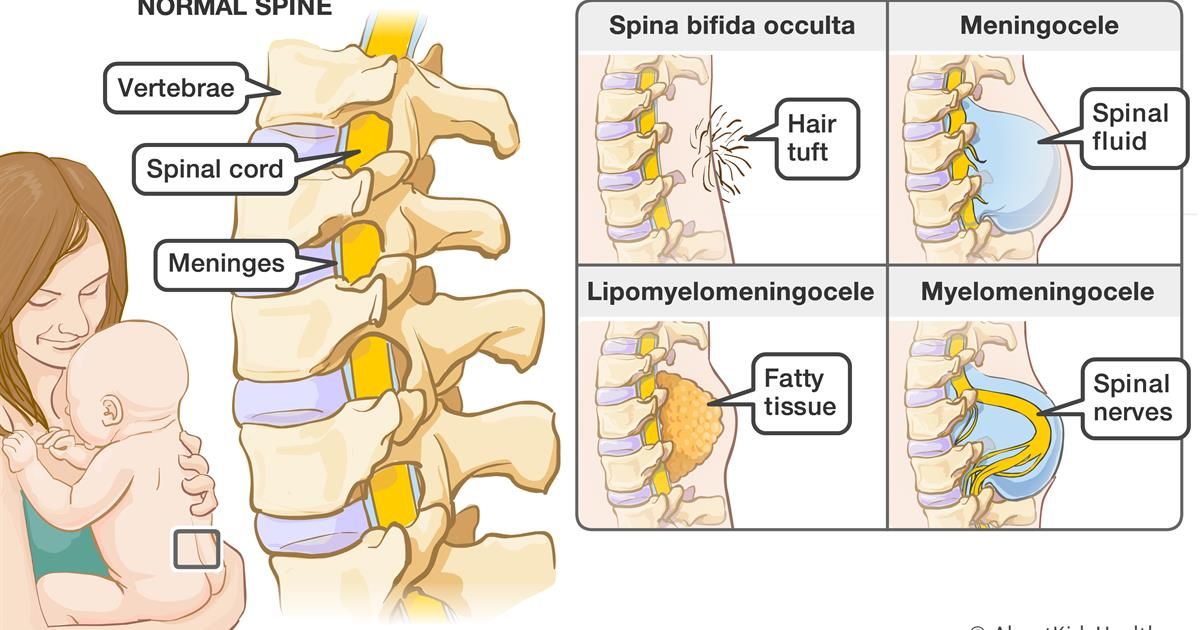
In this article I will tell you what spina bifida is, what problems parents of children with this disease face, what kind of support they receive in Russia now, and how the Spina bifida foundation, which I founded in 2016, helps with this.
About important things
This article is part of the T—Zh “On important things” support program for philanthropists. As part of the program, we choose topics in the field of charity and publish stories about the work of foundations, the lives of their wards, and significant social projects. You can read all the materials about those who need help and those who help in the “About the Important” thread.
What is spina bifida
Spina bifida is Latin for "split spine". This is a developmental defect in which the vertebrae do not heal, and as a result, incomplete closure of the spinal canal occurs. Because of this, a hernial sac with cerebrospinal fluid - cerebrospinal fluid - can form on the back. Spina bifida leads to orthopedic, urological and neurosurgical problems.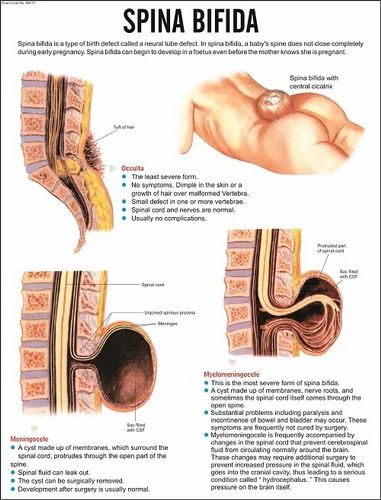
Some patients with spina bifida move in a wheelchair, some have problems with fecal and urinary incontinence, others have hydrocephalus - accumulation of CSF inside the brain. At the same time, if all medical examinations are carried out on time, the intelligence of such patients remains intact. The disease does not affect a person's life expectancy in any way, especially if you do not skip examinations and prevent secondary disorders.
/tsr/
What are technical means of rehabilitation
There are three most common forms of spina bifida: occult, meningocele and myelomeningocele. Occult, or hidden spina bifida, is a mild form of the disease without a spinal hernia: the spinal cord and surrounding tissues remain inside, but the bones in the lower back cannot form normally. At the site of splitting, there may be a hairy area, a dimple, or a birthmark. You can live with this form of the disease and not even know about it.
In case of meningocele, a sac filled with CSF appears on the outer surface of the back, but there is no spinal cord and nerve tissue in it. In myelomeningocele, the spinal cord and nerves develop outside the body - in a sac on the back. My son has just such a form of the disease.
These are the three most common forms of spina bifida. It can be seen how, depending on the degree of spina bifida, the spinal cord and nerves develop inside or outside the body - on the outer part of the back. This is how the three most common forms of spina bifida look like. It can be seen how, depending on the degree of spina bifida, the spinal cord and nerves develop inside or outside the body - on the outer part of the backSpina bifida is a congenital pathology: a spinal defect is formed in a child in the womb, as a rule, when the fetus is not yet 40 days old.
According to Russian clinical guidelines, the disease occurs with a frequency of 1-3 people per 10,000 pregnancies, but mild cases are often not recognized.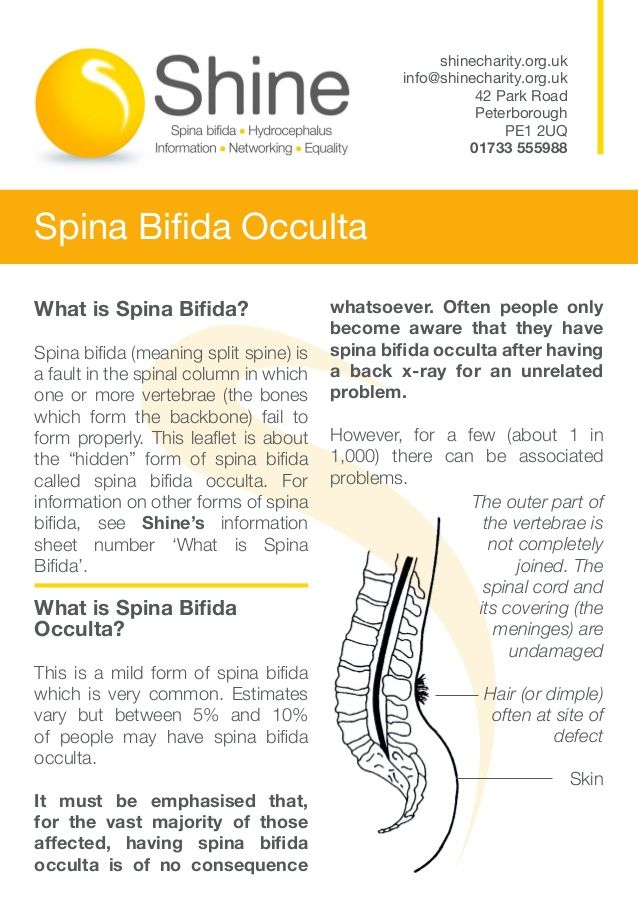 According to unofficial data, the disease occurs in one of 1500-2000 newborns. There are several reasons for the defect, but the main one is the lack of folic acid in the body of a woman.
According to unofficial data, the disease occurs in one of 1500-2000 newborns. There are several reasons for the defect, but the main one is the lack of folic acid in the body of a woman.
Federal Clinical Guidelines. Diagnosis and treatment of children with myelodysplasiaPDF, 927 KB
See a doctor
Our articles are written with love for evidence-based medicine. We refer to authoritative sources and go to doctors with a good reputation for comments. But remember: the responsibility for your health lies with you and your doctor. We don't write prescriptions, we make recommendations. Relying on our point of view or not is up to you.
How I found out about my son's illness
When I became pregnant with Matvey, I was 27 years old. I already had a healthy daughter, I was married and lived in Moscow. I was examined in a private clinic, and at the 32nd week of pregnancy I was told that my child had spina bifida.
The doctor could not explain anything, except that it was a severe form of disability, and did not give any predictions.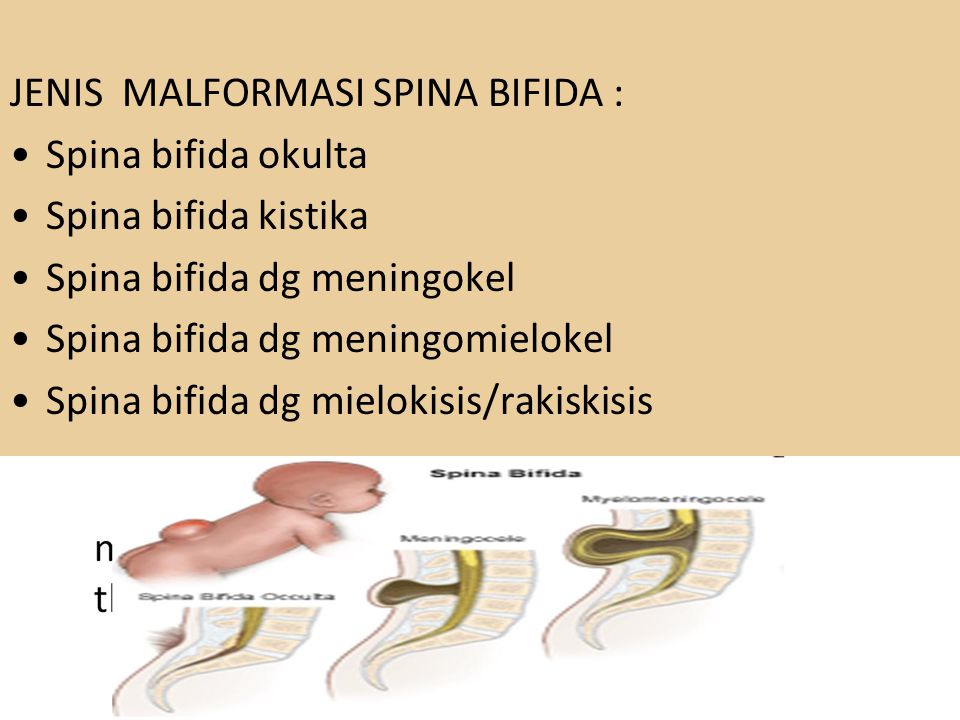 There was no information in Russian on the Internet, and in Russia there was not a single foundation where one could get support and answers to questions about spina bifida. I applied to various Russian NGOs, but everywhere I got the same answer: sorry, our organization helps children with Down syndrome, or children with heart disease, or children with autism. No one helped children with spina bifida.
There was no information in Russian on the Internet, and in Russia there was not a single foundation where one could get support and answers to questions about spina bifida. I applied to various Russian NGOs, but everywhere I got the same answer: sorry, our organization helps children with Down syndrome, or children with heart disease, or children with autism. No one helped children with spina bifida.
I felt as if my life was collapsing and everything was falling into the abyss: it is impossible to prepare a pregnant woman who already has a healthy child to have a son with a severe disability. It always happens very unexpectedly, and you do not understand how to continue to live.
Then one of my friends recommended one of the most famous and best maternity hospitals in Moscow to me. The birth was scheduled for June 14, 2012, and on June 12, an anonymous call was received from the maternity hospital with a request not to come.
I was told: “You have a difficult pregnancy, there is a possibility of a fatal outcome in a child during childbirth.
We don't want to spoil the statistics."
So, literally a couple of days before the birth, I had to independently look for a maternity hospital through my acquaintances and friends, where, as a result, I had a caesarean section.
When Matvey was born, we moved to the neurosurgery center: our son had to be operated on on the first day after birth in order to close the spinal hernia and avoid infection of the spinal cord - this could lead to meningitis and ultimately to death.
But Matvey could not be operated on for three weeks. Everyone was waiting: either when the head physician returns from vacation, or until the child gains weight, or something else. At some point, I realized that the doctors were just playing for time so as not to do the operation anymore: they thought that there would be no sense in it. Then, through friends, I found a doctor in Israel, and my family and I went to Tel Aviv to operate on my son there. When his condition became stable, we returned to Russia.
When his condition became stable, we returned to Russia.
Time passed, Matvey grew up, but it remained unclear how to live with such a diagnosis: in Russia, there was still no help for children with spina bifida. Then I decided that it was necessary to combine the efforts of doctors, public figures and the parent community and create a system from scratch. So, four years after the birth of my son, I founded the Spina Bifida Foundation.
/readers-and-charity/
6 reasons to start doing charity work right now
Matvey in the first months after birth. At that time, practically nothing was known about spina bifida in Russia. Therefore, I did not understand how to live with such a diagnosis and whether it was even possibleWhat are the options for parents of children with spina bifida
Parents who are expecting a child with spina bifida now have four options.
Terminate pregnancy. If a woman finds out about the child's illness before the 12th week of pregnancy, she can have an abortion if she wishes. But most often the defect can be seen on a simple ultrasound after this period. Then you can terminate the pregnancy for medical reasons by the decision of a council of doctors.
But most often the defect can be seen on a simple ultrasound after this period. Then you can terminate the pregnancy for medical reasons by the decision of a council of doctors.
Some doctors still scare parents with back bifida, and under pressure they decide to have an abortion. The psychologists of our partner fund "Light in Hands" support such parents and help them recover from the loss.
Perform intrauterine surgery. At 24-26 weeks of pregnancy, intrauterine surgery can be performed to minimize the chance of orthopedic, urological and neurosurgical complications in the baby. In Russia, since 2016, such an operation has been carried out free of charge. Studies show that it has a better effect on the health of the child than the operation after birth, the one that we did to Matvey.
Thanks to intrauterine surgery, excess fluid is removed from the brain, the formed cavities in the spinal cord dissolve and the pressure between the cranial cavity and the spinal column normalizes. There are many children who have no disability at all after the operation, they live a normal life: they do not have a hernia, problems with the genitourinary system, they walk with their own feet.
There are many children who have no disability at all after the operation, they live a normal life: they do not have a hernia, problems with the genitourinary system, they walk with their own feet.
/pregnancy/
How much does it cost to carry a baby? Another intrauterine operation for children with spina bifida is done at the Lapino private hospital in Krasnogorsk.
We are trying to disseminate information about intrauterine operations, because not all doctors in the regions still know about them. Our foundation helps families with travel, accommodation and related expenses. As of October 2021, more than 50 families in Russia decided to have such an operation.
Dasha became one of 50 children who were operated on in utero. So far, she is too small to say how the operation affected her life, but the girl's condition is now stable Perform the operation on the first day after the birth of the child. Some women have contraindications for intrauterine surgery: for example, twin pregnancy, intrauterine infection, diabetes mellitus or tachycardia. In addition, in Russia there is a problem with the diagnosis of spina bifida: a defect is noticed when an intrauterine operation can no longer be performed. So it was with me.
In addition, in Russia there is a problem with the diagnosis of spina bifida: a defect is noticed when an intrauterine operation can no longer be performed. So it was with me.
Previously, more than half of spina bifida cases were detected after the 30th week of pregnancy at the third screening. But from the beginning of 2021, by order of the Ministry of Health, it was canceled. Then the parents could at least somehow prepare: find a maternity hospital with intensive care, find out everything about the diagnosis, contact the foundation, come to Moscow for childbirth. Now they don't have that opportunity either.
/platnie-rodi/
How much does it cost to give birth in Moscow? In Moscow, the leading expert of our foundation, neurosurgeon Dmitry Zinenko, performs more than a hundred such operations a year.
In general, surgery after birth can be done in any city, because it is conditionally called classical, but not all doctors have the necessary experience.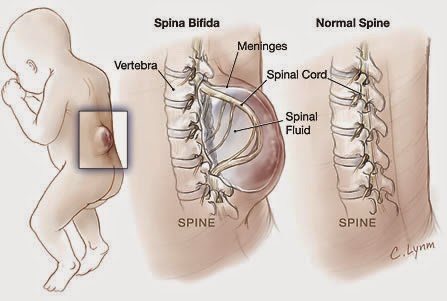 Therefore, our foundation highly recommends mothers to contact us and come to Moscow for childbirth and postpartum surgery.
Therefore, our foundation highly recommends mothers to contact us and come to Moscow for childbirth and postpartum surgery.
Abandon the child. Many parents are not ready for the birth of a child with spina bifida, including because of the frightening stories of doctors. Therefore, some are forced to abandon their children.
Since the foundation was established, the number of children with spina bifida in orphanages has decreased. It makes me very happy. Now there are more than 130 children in our orphanage program. Of these, only four children were born in 2017-2021. I attribute this to increased awareness of the diagnosis.
What problems do families face after the birth of a child with spina bifida
Life with a child with spina bifida is a quest. It's like a game where mice jump out of the circles and you need to hit them with a hammer so that they hide.
A child with spina bifida constantly has something unknown: problems with the kidneys, bedsores, osteoporosis or lack of calcium.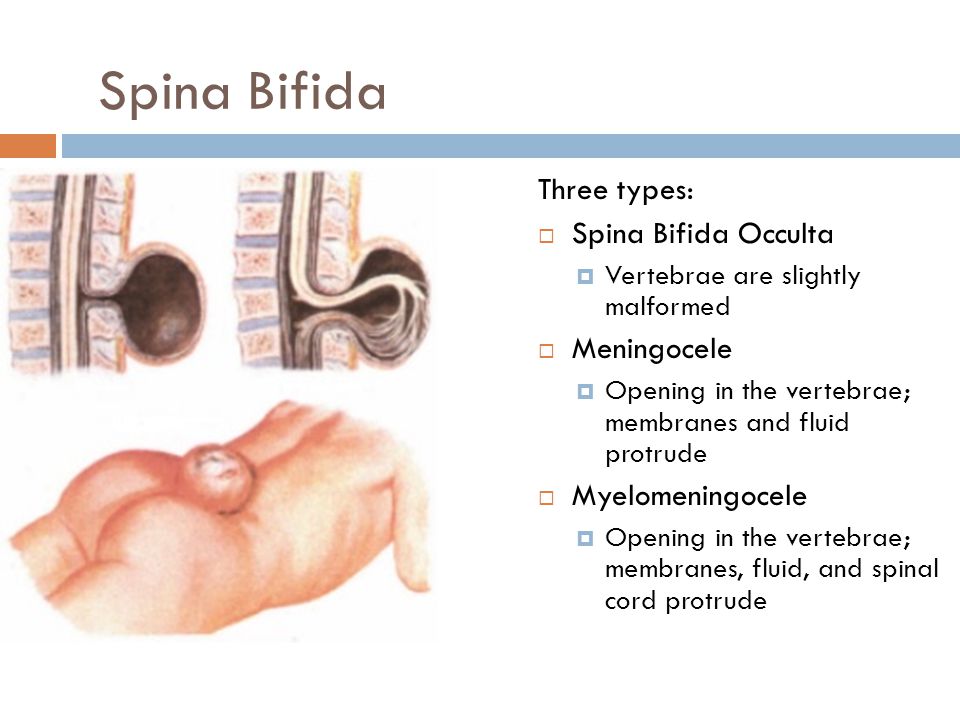 This is a constant "game", in which you need to constantly monitor the child's condition, prevent complications and be in touch with all doctors.
This is a constant "game", in which you need to constantly monitor the child's condition, prevent complications and be in touch with all doctors.
Hydrocephalus. Spina bifida is often accompanied by hydrocephalus, since the paths through which the liquor can get from the skull into the spinal canal are pinched. Due to an excess of cerebrospinal fluid, squeezing of the brain occurs - this disrupts its work. Violation can be noticeable visually - a person will have a big head.
To eliminate the disease, surgeons install a special tube - a shunt - from the spina bifida to the patient. It drains excess fluid into the abdominal cavity, and thanks to this, hydrocephalus is compensated - the child does not have problems with the brain. It can live for many years if you monitor the operation of the shunt: change and reinstall it in time.
Unfortunately, shunts are often not of good quality, it happens that they are installed by inexperienced doctors. In 2021, two wards of the foundation died, whose bypass systems became unusable.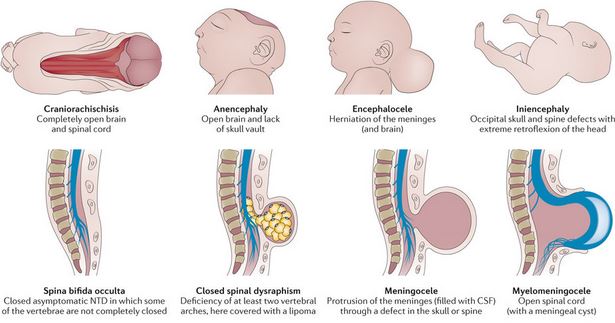
What to do? 17.02.20
How to insure against medical errors before surgery?
Diseases of the kidneys. In addition to hydrocephalus, children develop urinary and fecal incontinence in almost 99% of cases. Therefore, they are recommended regular catheterization. Children are given a urethral catheter - a special tube that removes stagnant urine from the bladder. The lack of timely examinations causes a high risk of kidney disease, so they must be constantly monitored. The kidneys are a life-supporting organ that must work.
Many parents often think about putting their child from dorsal bifida to his feet. They throw all their strength into it, but forget about the brain and spinal cord and about the genitourinary system. The legs are not a life-threatening or life-supporting system: a child in a wheelchair with broken legs can live to be 100 years old if their kidneys, brain, and spinal cord are functioning.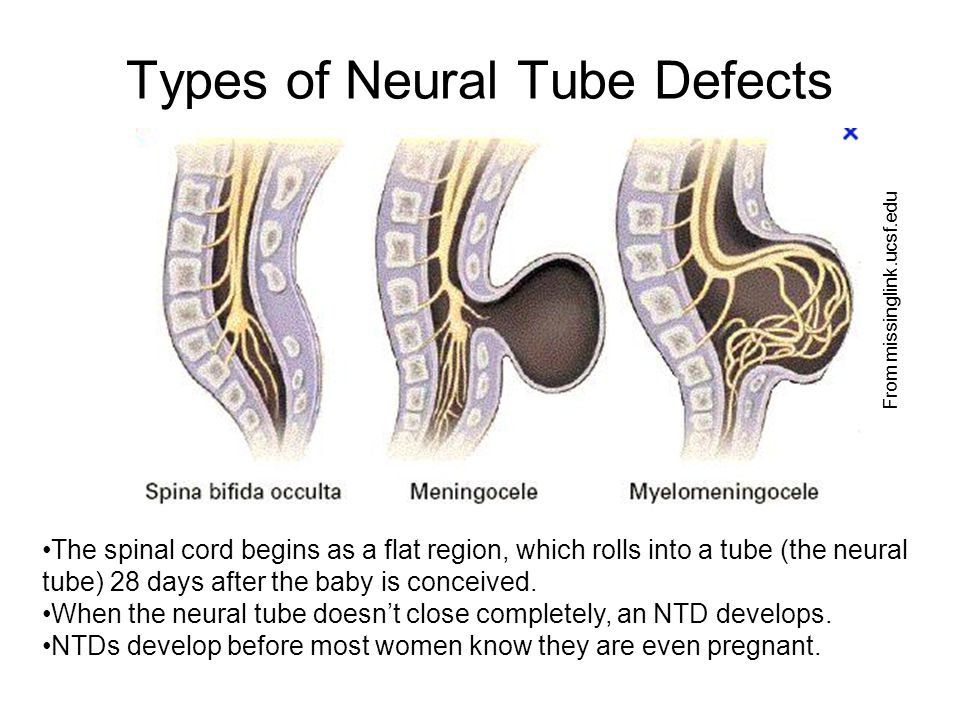
In 2021, we began to cooperate with clinics that conduct neuro-urological examinations in Yekaterinburg, Kazan and St. Petersburg. This includes a comprehensive urodynamic study, ultrasound of the bladder, cystoscopy, cystography, consultations of a neurourologist. Now we can examine 100 children a year in these cities and prevent the risk of kidney inflammation, dialysis, and death from kidney failure.
Regular inspections. All children with spina bifida should undergo regular magnetic resonance imaging, MRI, and electroneuromyography, ENMG to avoid recurrent complications. An MRI can reveal how correctly the shunt works, the state of the brain and spinal cord, and whether there is fixation - tension - of the spinal cord. If there is fixation, a second operation is necessary to free the spinal cord. ENMG is needed to understand how the dynamics change when impulses are conducted through the nerves of the legs and pelvis. We send all wards for regular check-ups to Dr.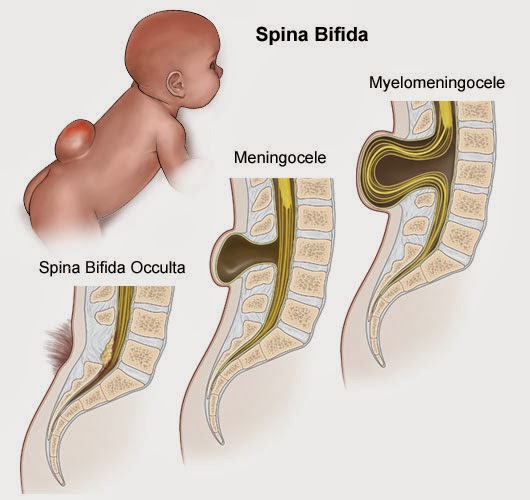.jpg) Dmitry Zinenko.
Dmitry Zinenko.
Also, patients with spina bifida should undergo annual examinations with a physical therapist, occupational therapist, neurourologist, neurosurgeon and orthopedist.
/list/pediatr-deti/
11 important questions to pediatrician Sergei Butriy
In Russia, there is still no single center for people with spina bifida. That is, a family cannot just go to one place and go through all the examinations at once. I have to fly to Kurgan to treat the spine, to St. Petersburg - legs, to Moscow - for hydrocephalus surgery, and so on.
For example, I had to spend a year with Matvey in Kurgan to install a metal structure in his spine: his son has a severely curved spine, and the metal structure corrects and aligns his back. Unfortunately, the design did not take root in Matvey: osteomyelitis began, and it had to be removed. The curvature of the spine returned again.
Our foundation has a dream to initiate the creation of a center where all doctors will be gathered in one place.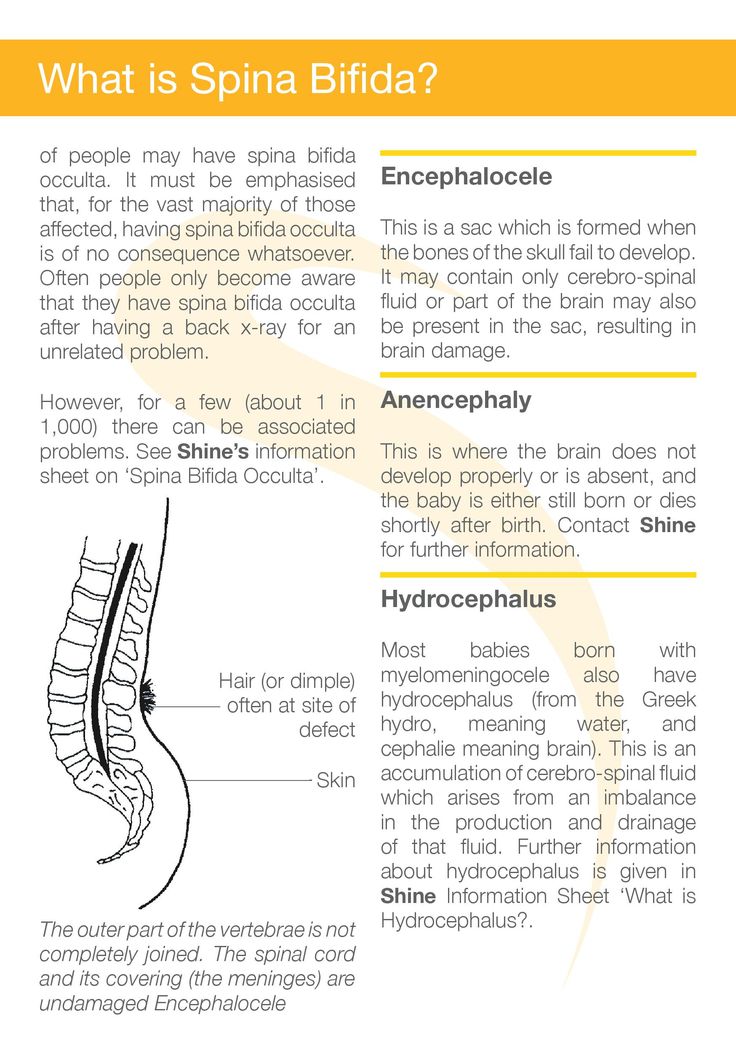 This will make life much easier for both parents and children with spina bifida.
This will make life much easier for both parents and children with spina bifida.
How our foundation helps families
The Spina Bifida Charitable Foundation has been operating for the sixth year, and now we have two main programs. In the first one, we help 1000 wards from spina bifida. Among them are pregnant women, children left without parental care, and children in families. We help 100 children with spina bifida who were taken from orphanages. We provide legal and targeted assistance to pregnant women, help with medical examinations.
In addition, we are doing a lot of outreach work, in which we share our experience. On September 1, we launched the Spina Bifida Institute online project. The first nine courses are devoted to the basics of working with children with spina bifida for early intervention specialists, occupational therapists, physical therapists, rehabilitation therapists, sports coaches, psychologists, as well as for parents of children with such a diagnosis.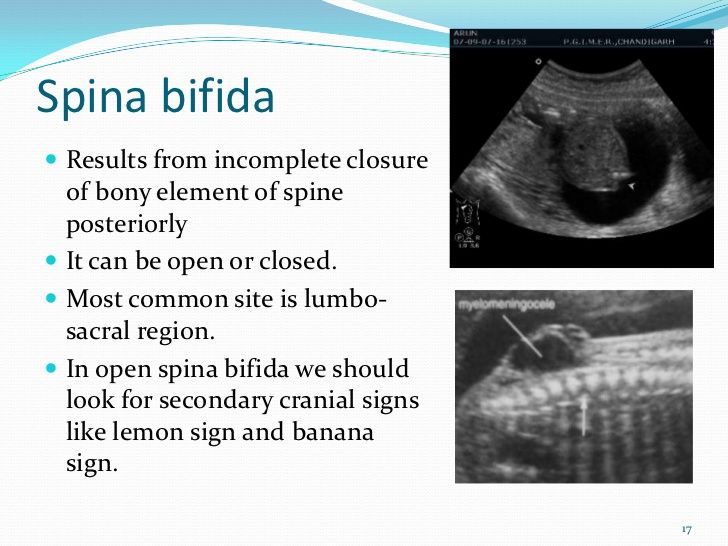 Training will start in 2022.
Training will start in 2022.
Our specialists work all over the country. If we find a child with spina bifida in some city or village, then the specialist comes to this family right at home, looks at the child and the conditions in which he lives. After that, the specialist draws up an individual plan to help the child and family for the next year.
For example, we provide legal or psychological assistance to a mother or child, help organize an accessible environment for the patient. We agree to take the child to school and install a ramp in it. Then there will be no need for external rehabilitation: the child will be able to live a quality life in his home, in his family, go to school, go to the pool and ride in a wheelchair.
/rehabcenter/
How to choose a rehab center
How to reduce the risk of spina bifida in a child
The US Centers for Disease Control and Prevention - CDC - conducted a study that showed that folic acid intake before pregnancy reduces the risk of neural tube defects .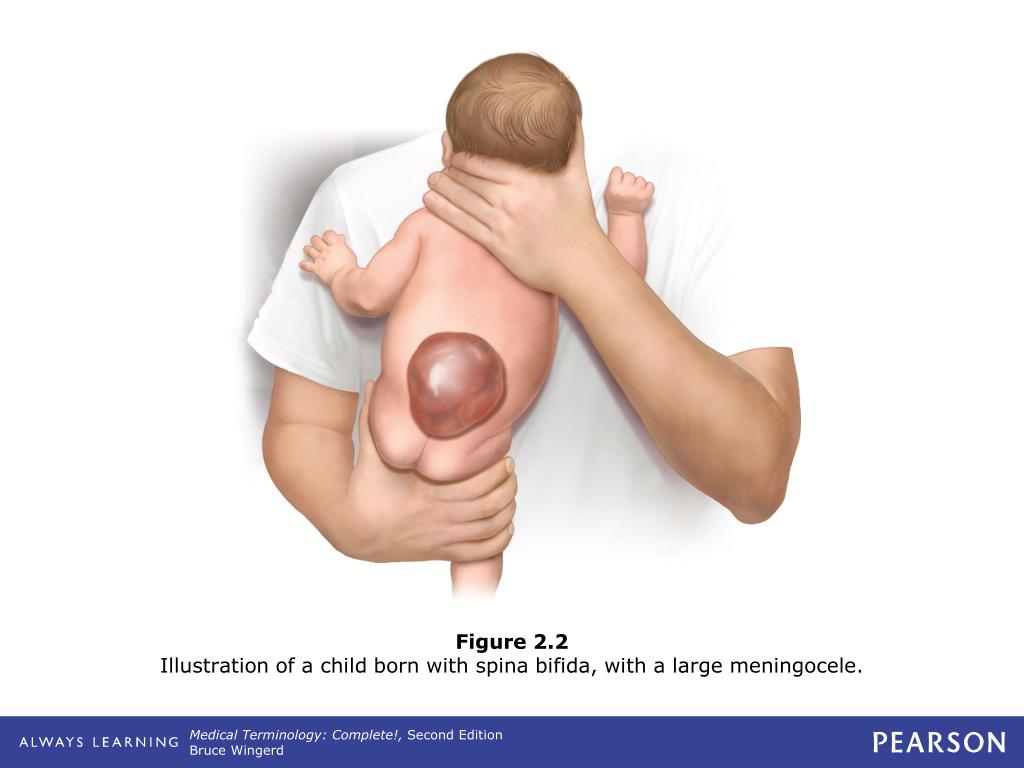 It is they that lead to spina bifida and other diseases. Folic acid is prescribed not only for the prevention of spina bifida, but also for heart disease and even autism.
It is they that lead to spina bifida and other diseases. Folic acid is prescribed not only for the prevention of spina bifida, but also for heart disease and even autism.
It often happens in Russia like this: a mother finds out about spina bifida in a child during pregnancy, comes to the doctor, and he prescribes folic acid to her. But a neural tube defect or spina bifida is formed in the first weeks of a child's life. Therefore, it is important to take folic acid at a dosage of 400 mg per day just before pregnancy, preferably from the age of 18.
Recommendations for the use of folic acid to reduce the incidence of spina bifida and other neural tube defects - CDC
If a family member is known to have spina bifida, the woman should take 10 times more folic acid. For example, my daughter needs it, because I gave birth to a son with such a disease.
To date, there are no other proven ways to prevent spina bifida.
In some countries, the program for the prevention of this disease has been brought to the state level.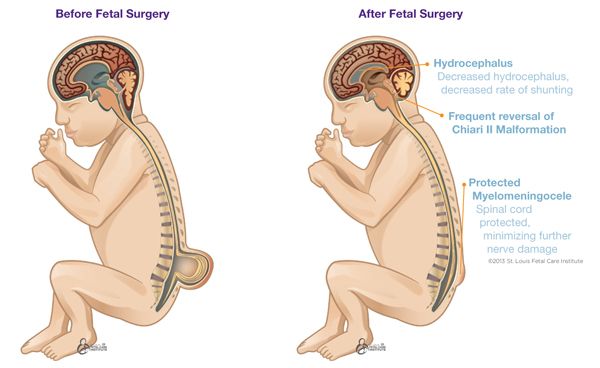 For example, in the UK and many other countries, all bread is fortified with folic acid. In Africa, corn is enriched with it as a popular food product. We hope that at some point we will be able to lobby for this program in Russia as well. We would like bread to be fortified with folic acid at the very least.
For example, in the UK and many other countries, all bread is fortified with folic acid. In Africa, corn is enriched with it as a popular food product. We hope that at some point we will be able to lobby for this program in Russia as well. We would like bread to be fortified with folic acid at the very least.
/pay-for-childbirth/
“I duplicated any tests if there were doubts”: how much does it cost to bear a child
In other countries, there have long been no such severe forms of spina bifida as in Russia. When foreign rehabilitation specialists came to our conference and saw my child, they said that they had not met children with this form for decades. I think this is due to the fact that early diagnosis of the disease is more developed there, intrauterine operations were started earlier, and there is also prevention of spina bifida.
How my son lives now
Now Matvey is nine years old, he is in the third grade. He does not feel his legs and cannot stand on them, so he moves in a wheelchair. Matvey and I often travel, he loves to swim and dreams of becoming a swimming coach for children with spina bifida.
Matvey and I often travel, he loves to swim and dreams of becoming a swimming coach for children with spina bifida.
Like me, Matvey has a motto: delegate or die.
He learned to ask others for help, so he can live completely on his own. That is, he knows how to organize the environment around him so that someone helps him if necessary. That is why I am calm for him and I am sure that at the conditional 18 years old, Matvey will be able to leave home and live on his own. The world around always responds.
My son loves the sea and wants to connect his future profession with itDuring the pandemic, our foundation went online and started a small community of people from spina bifida. This is how we met Paralympic champions, athletes, world champions in dance, tennis, and people who skydive in wheelchairs.
Among them was Nursina Galiyeva in a wheelchair from Kazan, who at the age of 17 just got on a train alone, went to Moscow, entered an institute and began to live in a hostel.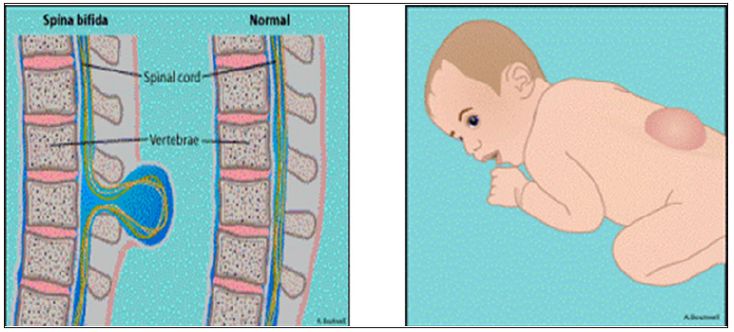 Now she is a world champion in wheelchair dancing and works for the Downside Up Charitable Foundation.
Now she is a world champion in wheelchair dancing and works for the Downside Up Charitable Foundation.
/list/make-life-brighter/
Find a friend and go on stage: 5 projects for people with disabilities
We also met Riyana, who at the age of 12 became the champion of Tatarstan in tennisI realized that absolutely everything is possible . The task of the parents of children with spina bifida is to teach the child independence so that he can cook his own food and clean up after himself. This will probably be the main contribution to his life. After all, when the parent is gone, the child should be able to live on his own. Therefore, my son spends a lot of time without me: at school, in society, with friends, traveling.
It's great that children with spina bifida are intellectually and emotionally intact and develop absolutely normally. This means that they have great potential and can do a lot for society.
They feel the world a little differently because they are in a slightly vulnerable position themselves.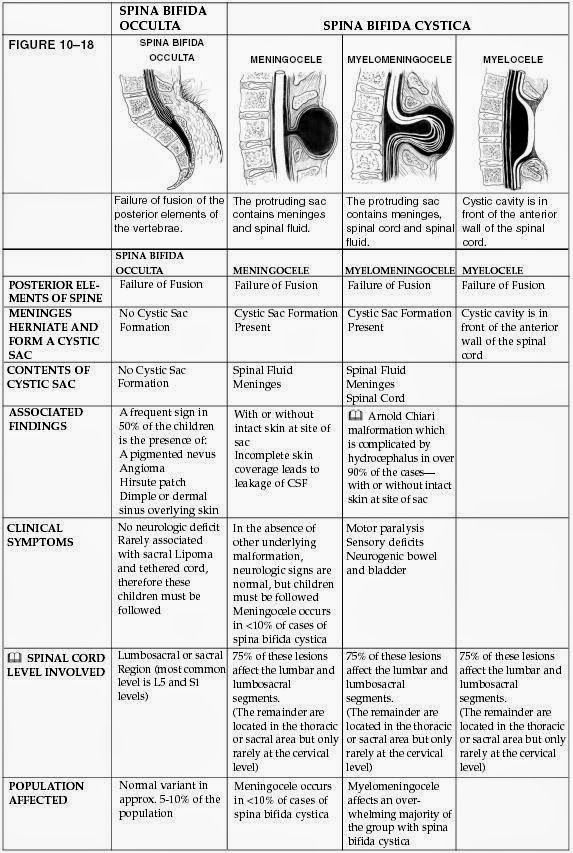 Therefore, they can bring a lot of good and make the world a better place, so that society becomes more tolerant, kind and open.
Therefore, they can bring a lot of good and make the world a better place, so that society becomes more tolerant, kind and open.
How to help children with spina bifida and their parents
Since 2016, the Spina Bifida Charitable Foundation has been helping people with this diagnosis so that they can live a full life. You can support the work of the foundation and make a regular donation in its favor:
- on the website of the Spina Bifida Foundation;
- in the Dobro Mail.ru service;
- on the Need Help platform;
- through the Tinkoff mobile app and the Tinkoff Cashback for Good service.
Spina bifida in children - treatment of pathology and features of the disease
Since 2015, G. I. Turner has been operating a specialized Center for the Treatment of Children with the Consequences of Spina bifida Spina Bifida, where an integrated approach to treatment is applied with the participation of an orthopedist, neurologist, neurosurgeon, urologist and psychologist.
I. Turner has been operating a specialized Center for the Treatment of Children with the Consequences of Spina bifida Spina Bifida, where an integrated approach to treatment is applied with the participation of an orthopedist, neurologist, neurosurgeon, urologist and psychologist.
We invite you to familiarize yourself with the description of the pathology and modern methods of treatment.
- What is Spina bifida?
- How does the disease develop?
- Classification and characterization of the most common forms of Spina bifida
- Clinical manifestations of the consequences of the disease Spina bifida
- Causes of Spina bifida
- Diagnostic Spina bifida
- Treatment of children with Spina bifida in Russia
Spina bifida: definition, prevalence of the disease in the world and in Russia
Spina bifida (Russian: Spina bifida, Latin: Spina bifida, English: split spine) is a congenital malformation of the spine and spinal cord, in which the arches of one or more vertebrae have not fused and, as a result, the spine remains "split".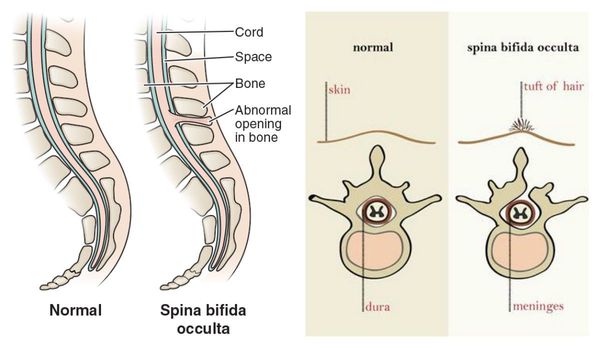 The spinal cord itself or various structures of the spinal cord and its membranes can protrude into the formed defect. The term Spina bifida was first used by N. Tulp in 1651 to describe the doubling of the spinous process of a vertebra as a manifestation of an anomaly in the development of the spine, but not the spinal cord. Despite the mere historical meaning of this term, it is still used to refer to the so-called spinal dysraphia - a group of diseases that are manifested by a violation of the formation of the spine and spinal cord. Spinal dysraphism (dys - violation + Greek rhaphē - seam), or Spina bifida, belongs to a group of diseases called neural tube defects (NTD), which also includes abnormalities in the development of the brain and skull.
The spinal cord itself or various structures of the spinal cord and its membranes can protrude into the formed defect. The term Spina bifida was first used by N. Tulp in 1651 to describe the doubling of the spinous process of a vertebra as a manifestation of an anomaly in the development of the spine, but not the spinal cord. Despite the mere historical meaning of this term, it is still used to refer to the so-called spinal dysraphia - a group of diseases that are manifested by a violation of the formation of the spine and spinal cord. Spinal dysraphism (dys - violation + Greek rhaphē - seam), or Spina bifida, belongs to a group of diseases called neural tube defects (NTD), which also includes abnormalities in the development of the brain and skull.
In other words, Spina bifida encompasses a group of developmental defects of the spine, ranging from the rather "harmless" Spina bifida occulta (from Latin for "hidden"), which usually does not affect bodily functions, to severe myelomeningocele, which is characterized by severe impairment of motor and sensory the spheres of the lower extremities, as well as the pelvic organs - it is with this form that most people associate the concept of a spinal hernia or Spina bifida.
The incidence of the disease according to researchers in different countries is not the same and ranges from 0.1 to 5 cases per 1000 newborns. In Russia, this figure is 0.1-0.2% of all newborns. In the scientific literature there is an opinion that this malformation occurs more often in girls.
How does the disease develop?
In a normally developing human embryo, the central nervous system, which includes the brain and spinal cord, develops from a layer of cells that forms by the 2nd week of pregnancy and is called the neural plate. At the beginning of the 3rd week of embryo development, this plate thickens, forming a longitudinal groove. At week 4, the furrow deepens and folds develop on both sides of it, which eventually merge and form a closed tube. From this tube or cylinder, the brain and spinal cord subsequently develop. In parallel with this, muscles, the spine and the skull develop from the germ layers of the ecto- and mesoderm. These processes are based on complex mechanisms of cell differentiation and migration.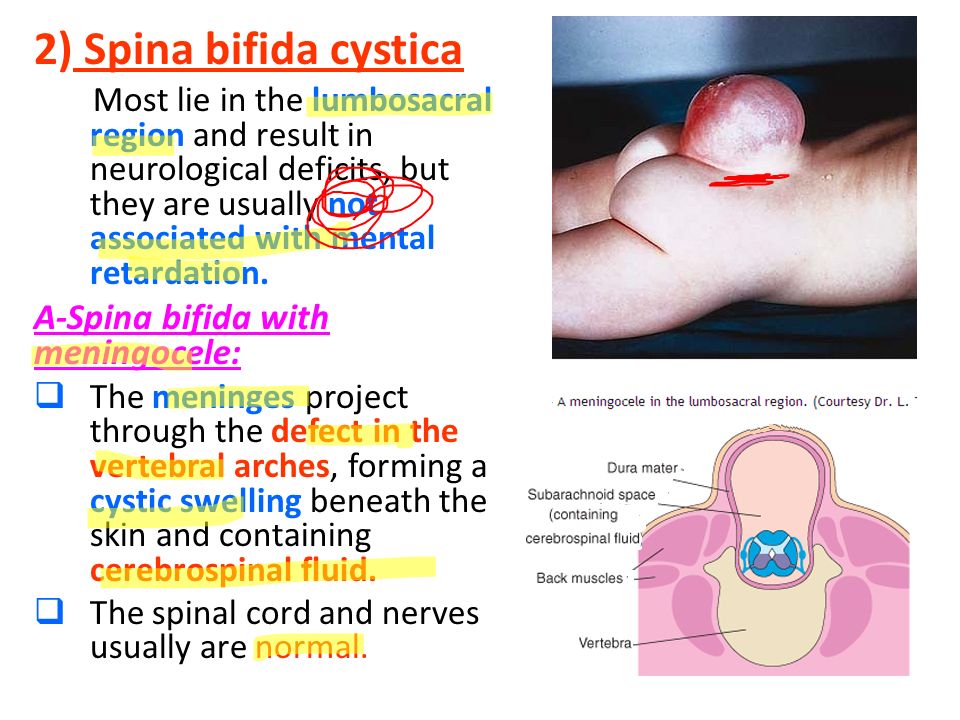
In Spina bifida and any neural tube defect, a certain part of the neural plate does not fuse into the cylinder and remains defective. If the neural tube has not formed correctly, then the surrounding tissues, including the skull and spine, will also be abnormal. The cavities of the brain produce cerebrospinal fluid, or cerebrospinal fluid, which washes and protects the nerve cells. This fluid normally circulates between the brain and spinal cord, passing through the foramen magnum, through which the brain passes into the spinal cord. Spina bifida is usually associated with an abnormal development of the brain and posterior cranial fossa or Arnold-Chiari type 2 anomaly. With this pathology, the structures of the brain stem, cerebellum, and fourth ventricle are displaced into the foramen magnum. In this case, a CSF circulation disorder may occur with the development of hydrocephalus and, as a result, damage to nerve cells as a result of an increase in intracranial pressure with possible complications in the form of convulsions, muscle spasticity and severe dysfunction of the brain stem, where the cardiovascular and respiratory centers are located.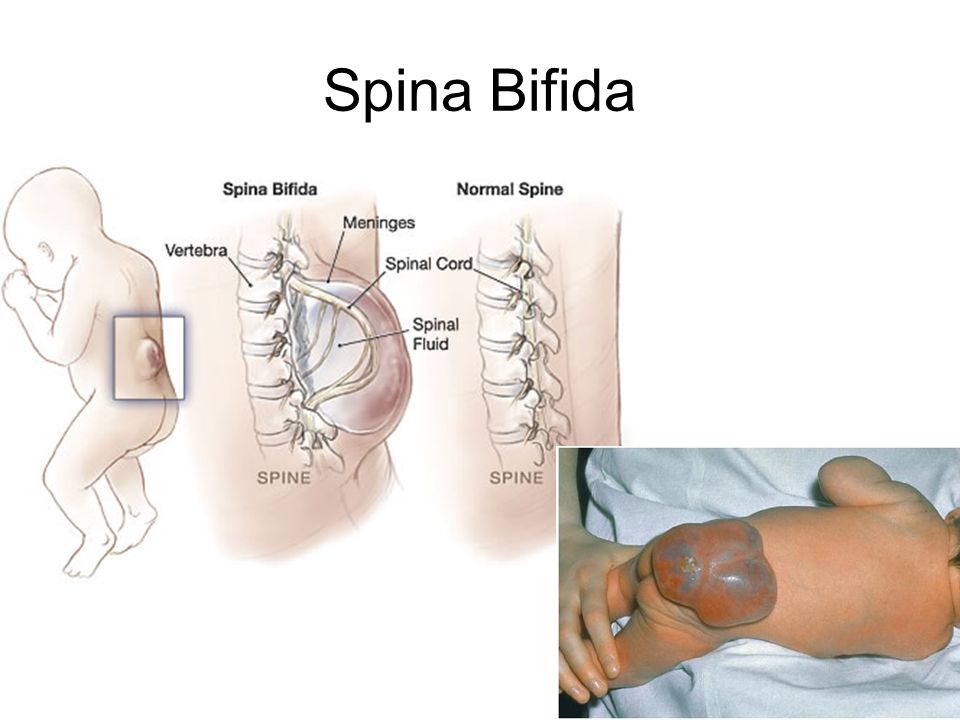 Such a condition often requires urgent surgical correction in the form of various shunting options in order to correct CSF flow.
Such a condition often requires urgent surgical correction in the form of various shunting options in order to correct CSF flow.
Depending on the period of intrauterine development and the level of occurrence of the neural tube defect, the severity and variety of clinical manifestations will be determined. So, early damage to the upper end of the neural tube will lead to the development of anencephaly (absence of the brain), and the lower part - to myelomeningocele.
Classification and characteristics of the most common forms of Spina bifida
There are open and closed forms of Spina bifida or spinal dysraphism depending on the involvement of the skin in the pathological process and the connection of the structures of the spinal canal with the external environment. Open forms or Spina bifida include aperta/cystica when a hernial sac filled with CSF is formed in an existing skin defect. If there is only a dura mater in the hernial sac, this subtype of Spina bifida aperta is called meningocele , and if it contains the spinal cord itself, myelomeningocele , and its roots - myelomeningoradiculocele .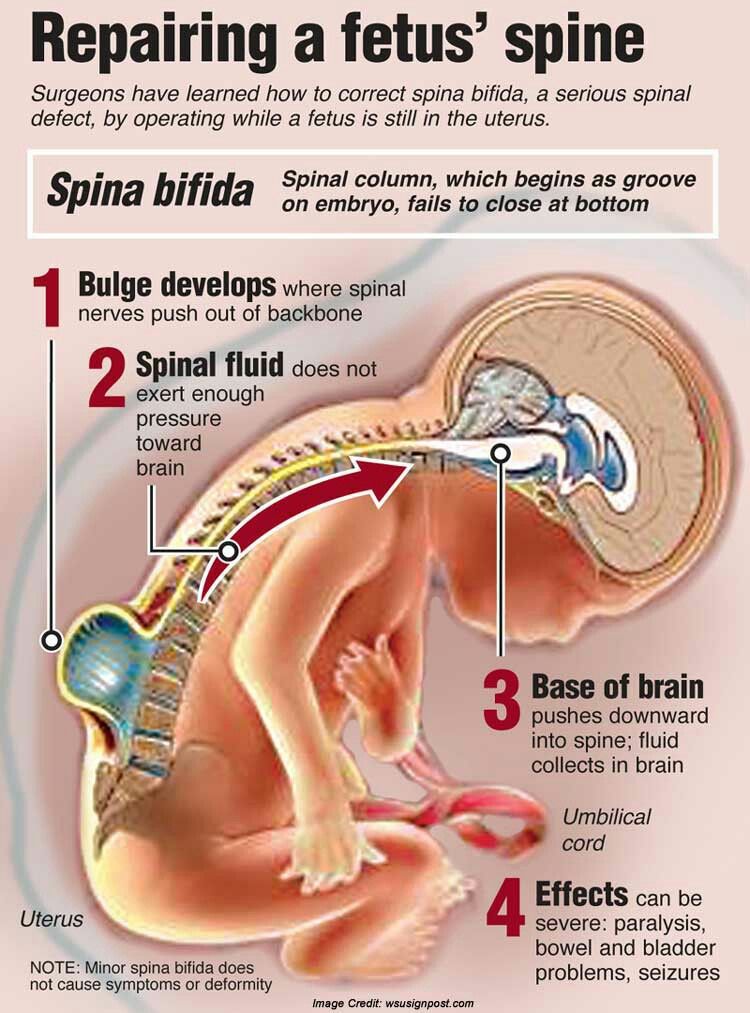
Closed forms of spinal dysraphism or Spina bifida occulta do not have a defect in the skin, but may be manifested by dysplastic changes on its surface in the form of nevi or local hypertrichosis. This form includes myelomeningocele . The higher the localization, the more severe the dysfunction of the organs and systems below. As a rule, this defect is most often localized in the lumbar region and leads to paresis and paralysis of the lower extremities, impaired urination and defecation. If the hernia is located in the thoracic regions, then neurological disorders are much more severe, up to complete immobility. A hernia of the cervical region is an indication for termination of pregnancy.
Meningocele occurs in 15-25 percent of cases and may not have a skin defect. At the same time, the absence of involvement of the spinal cord and its components in the defect may not lead to severe neurological deficit.
Latent forms of spinal dysraphism or Spina bifida occulta - the least severe variant of the disease.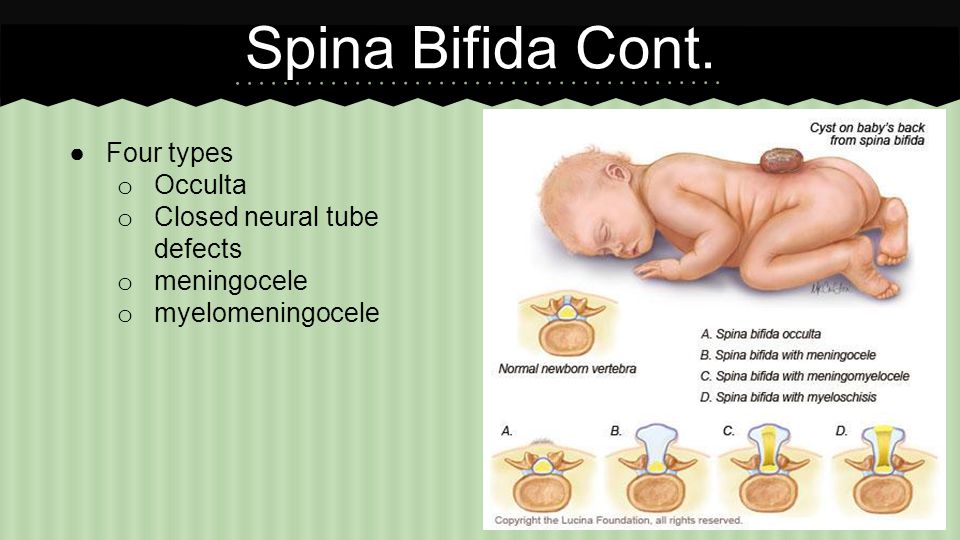 It may be asymptomatic and detected incidentally during radiological research methods. Sometimes it can give unpleasant symptoms in the form of periodic back pain, weakness in the legs or dysuric phenomena.
It may be asymptomatic and detected incidentally during radiological research methods. Sometimes it can give unpleasant symptoms in the form of periodic back pain, weakness in the legs or dysuric phenomena.
Clinical manifestations of the consequences of the disease Spina bifida
A variety of consequences of the disease occurs due to damage to the structures of the spinal cord and its roots, which leads to a violation of the sensitivity of the lower extremities and the inability to perform active movements due to the lack of muscle innervation below the level of the lesion with the development of flaccid or peripheral paralysis.
The level of the lesion determines the number of involved muscle groups of the lower extremities and the degree of motor disorders of the locomotor apparatus, manifested from barely noticeable gait disturbances to complete absence of movements.
Muscle imbalance or complete absence of muscle contractile activity (flaccid paralysis) causes the formation of contractures in the joints of the extremities, leads to the development of bone deformities, to dislocations and subluxations in the joints.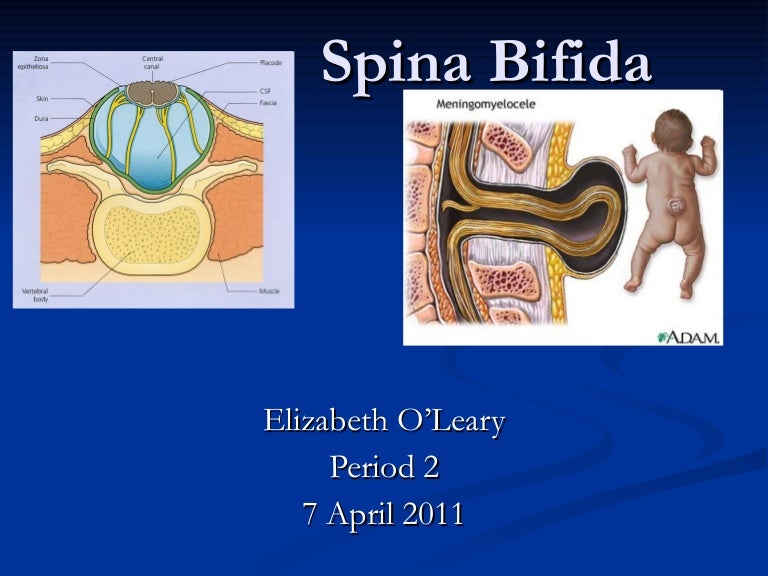 The most common orthopedic problems are dislocations/subluxations of the hip joints, flexion contractures in the knee joints, dislocations of the bones of the lower leg, foot deformities in the form of clubfoot, plano-valgus deformity, equinus deformity, calcaneal-valgus deformity, etc.
The most common orthopedic problems are dislocations/subluxations of the hip joints, flexion contractures in the knee joints, dislocations of the bones of the lower leg, foot deformities in the form of clubfoot, plano-valgus deformity, equinus deformity, calcaneal-valgus deformity, etc.
Associated spinal malformation can cause severe deformities such as lordosis of the lumbosacral spine and kyphoscoliosis, often requiring surgical correction.
These orthopedic problems can cause gait disturbance, make it difficult to wear orthoses, and cause the development of trophic disorders of the skin of the lower extremities.
Decrease in axial load and ability to move against the background of impaired innervation of the extremities leads to the development of osteoporosis with the risk of pathological fractures of the bones of the lower extremities.
Violation of the innervation of the muscles of the pelvic organs increases the risk of urinary tract infections and the development of chronic renal failure.
Causes of the disease Spina bifida
Spina bifida is a multifactorial disease, but has no reliable cause. The following factors increase the likelihood of developing Spina bifida:
- genetic;
- alcohol;
- intoxication;
- intrauterine infection of the fetus at an early stage;
- ionizing radiation;
- folate deficiency;
- taking anticonvulsants early;
- taking cytostatics;
- obesity;
- diabetes mellitus with hyperglycemia (slightly compensated).
Diagnosis of Spina bifida
Modern diagnostic methods make it possible to detect Spina bifida in early pregnancy. Screening ultrasounds are performed for women in each trimester of pregnancy. In the first trimester, already from the 12th week, ultrasound diagnostics can reliably detect this pathology.
Comprehensive newborn screening programs are carried out at the Consultative and Diagnostic Center (Lakhtinskaya St.

